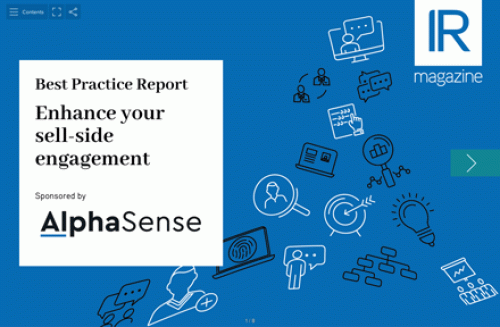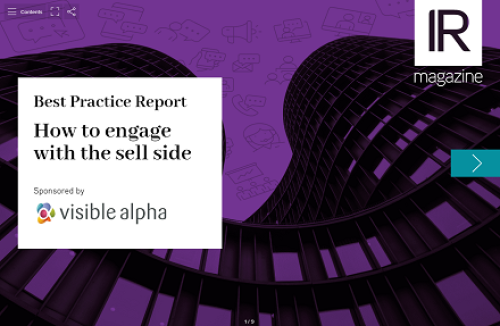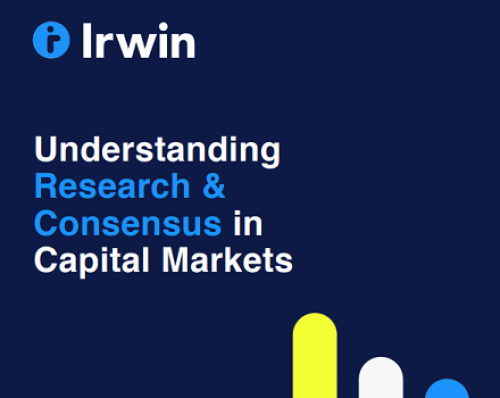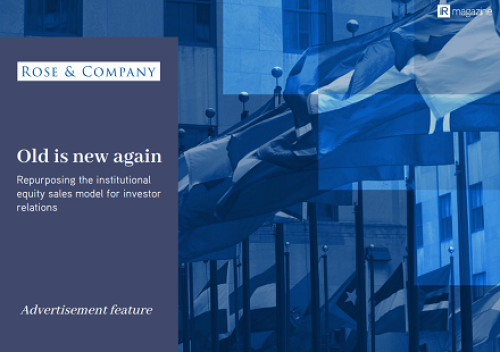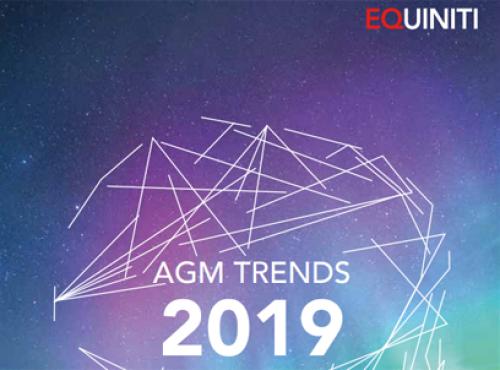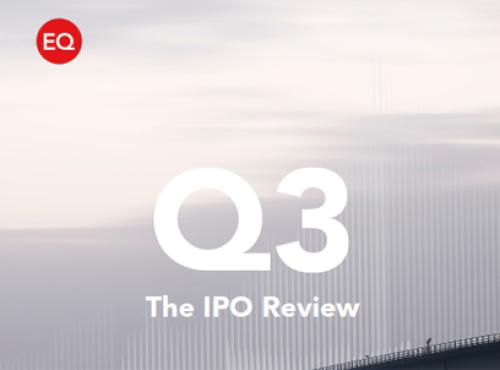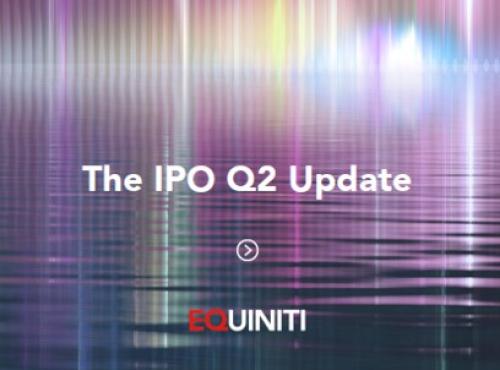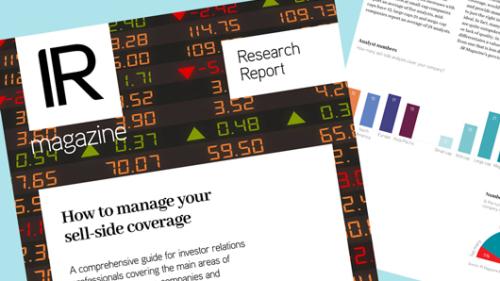Profiles of the professionals
DAVID SMITH, portfolio manager on the small cap growth team at Loomis Sayles & Co ($62 bn under management), was formerly a portfolio manager at Keystone Investments and an analyst with Fidelity Investments.
Co-managing a $150 mn small cap growth fund, Smith starts with the 3,000 US companies between $100 mn and $1 bn in market cap. He reduces that pool to 1,600 $250-$750 mn companies because many smaller company stocks are very illiquid, then narrows it down further to companies with
You need to register to access 3 free deep dive articles per month. To continue reading please register or login below..
- Unlimited deep dives
- Data-driven research around key topics
- Buy-side insights
- Benchmarking reports
From
$1495

